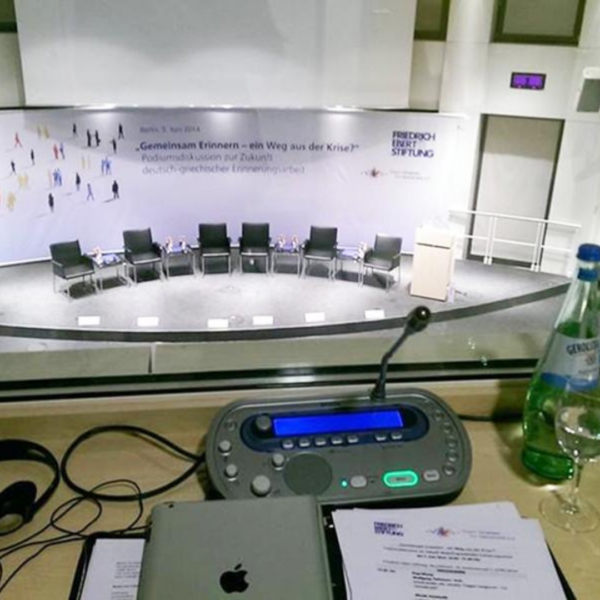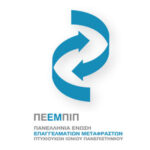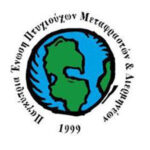The first positive COVID-19 case is confirmed on 26th February 2020 in Greece and soon after that the Ministry of Health suspends all conferences and events in the country in order to prevent the spread of the disease. The cancellation of conferences is among one of the first precautionary measures taken by the government. Teleconferencing has emerged as an attractive alternative ever since then.
Teleconferencing: a means of democratization
Teleconferencing provides us the possibility to meet in a virtual environment. This incredible progress of communication technologies is actually a lot more than a simple alternative of a crisis. It allows us to communicate ideas all over the world by overcoming physical obstacles. It makes it possible for us to meet and join forces in order to face the greatest challenges together. It enhances cooperation among people and nations for the common good and enables synergies all over the globe.
It is obvious that technology promotes the core sense of democracy itself by allowing more and more people to connect with each other and make their voices heard in circumstances, where it would be otherwise impossible to do so.
Challenges of teleconferencing: can it really substitute the real contact?
Although undoubtedly an amazing tool, teleconferencing has its pitfalls as well. First of all, the fact that you are watching the discussion from the comfort of your home may unconsciously reduce your attention to the meeting. This can be the case if you are watching a training while lying in bed, for example. You can’t really take a meeting seriously, unless you put all the effort and actively participate.
Besides that, a videoconference creates often an impersonal feeling. It may be an excellent tool to move information without having to move people as well, yet the lack of personal contact takes away all the networking and socializing of the backstage. The importance of what happens at the backstage should not be underestimated at all. The corridors of a conference or an event hall have always been an ideal place for meeting new people, finding new clients, establishing new partnerships, making new deals and discovering new opportunities overall.
Distance Simultaneous Interpreting (DSI)
Well, don’t get me wrong. I am not against DSI and teleconferencing in principle. This doesn’t only allow us to continue our activity during a crisis, but also creates extra small opportunities for us around the globe in cases, where the commuting fees would not allow hiring interpreters at all in the first place.
However, when the meeting room is separated from the interpreting centre, the cameras placed to film the speaker transmit actually only a partial view of the place. The interpreter can only see the podium and is not able to perceive the atmosphere of the room or observe the body language and facial expressions.
In addition to that, dependency on technical parameters rises even more, thus creating an extra burden for interpreters who are forced to assure technical control and fix connection problems at the same time as they try to hear, understand, analyze and interpret simultaneously. Given also the fact that a technician cannot rush to help, if the participants are scattered in different geographical locations, a possible collapse of the system can actually do more harm than good.
All this creates a huge cognitive burden for the interpreter. This is why DSI should be applied with caution and only to the extent necessary and reasonably possible. Some professional unions recommend a reduced time schedule for remote interpreting, while there is also a tendency to charge higher fees for DSI.
#distancesimultaneousinterpreting #remoteinterpreting #DSI #teleconference #1nt








